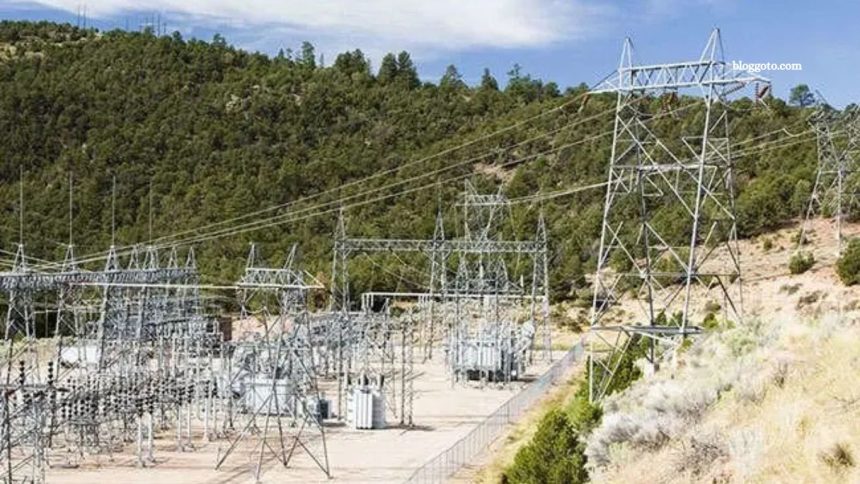Utility costs can significantly impact household budgets, yet they vary widely across the United States(U.S). Factors such as climate, energy sources, regional regulations, and population density all influence monthly bills for electricity, water, and gas. Understanding which states have the highest and lowest utility expenses helps homeowners, renters, and businesses plan their finances more effectively.
For example, residents in colder regions may face higher heating costs, while those in warmer states might spend more on air conditioning. Additionally, states with abundant renewable energy or competitive utility markets often enjoy lower rates. This guide explores where Americans pay the most and least for utilities, offering insight into regional trends and strategies for managing energy costs efficiently.
Read More: Managing Your Own Construction Project
Who Pays the Most and the Least?
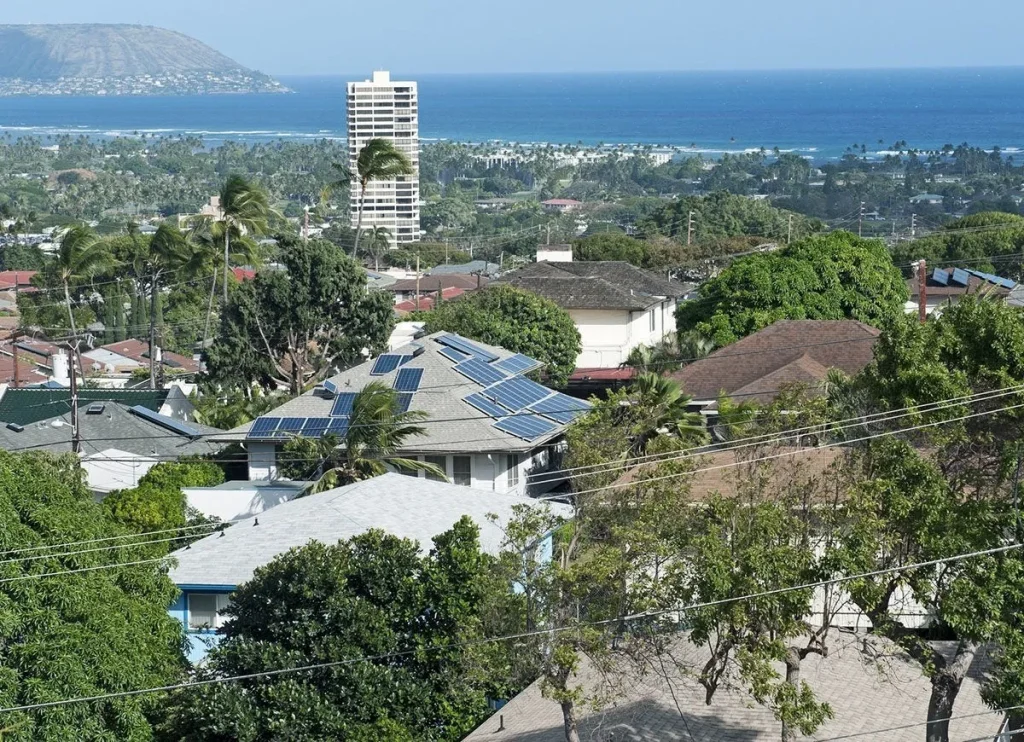
Utility costs vary widely across the U.S., influenced by factors like energy sources, power plant types and ages, and local weather. State regulations also play a major role: in deregulated markets, consumers can choose providers, leading to significant price differences. Curious about how much it costs to keep the lights on in different states? Explore our list of U.S. states with the highest and lowest average utility bills, and discover how your local rates compare.
Highest: Hawaii

Hawaii, known as the Aloha State, has the highest average energy cost in the U.S. at 33.53 cents per kWh. Nearly two-thirds of its electricity comes from imported petroleum. While renewable options like geothermal and solar are growing, Hawaii’s geography and isolated energy grid present ongoing challenges for widespread implementation.
Highest: Alaska

Alaska residents face an average electricity cost of 17.58 cents per kWh. High prices stem from infrastructure challenges, a dispersed population, and the state’s isolated power grid. Many communities rely on local generators rather than grid connections. About half of Alaska’s electricity comes from natural gas, while hydroelectric power now provides roughly a quarter. The state aims to generate 50% of its energy from renewable sources by 2025.
Highest: Connecticut
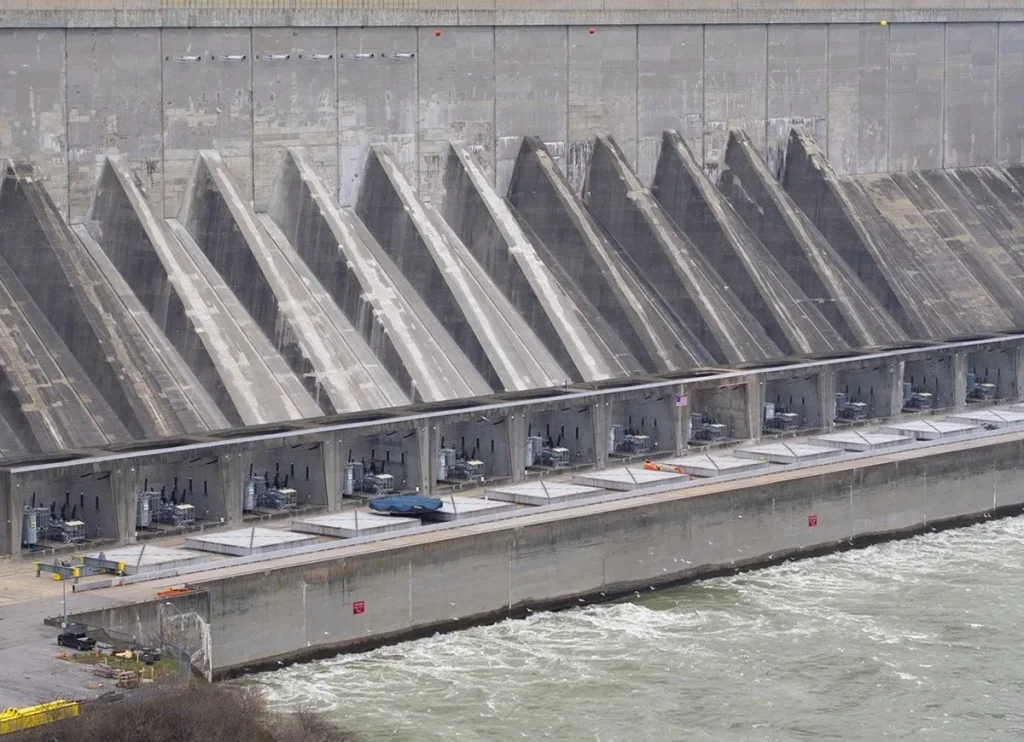
High utility bills are common in the Northeast, where harsh winters and hot summers drive up energy use. Heating and cooling systems consume significant electricity to maintain year-round comfort. In Connecticut, about half of the electricity comes from natural gas and roughly 43% from nuclear power, resulting in an average utility cost of 16.98 cents per kWh.
Highest: New York
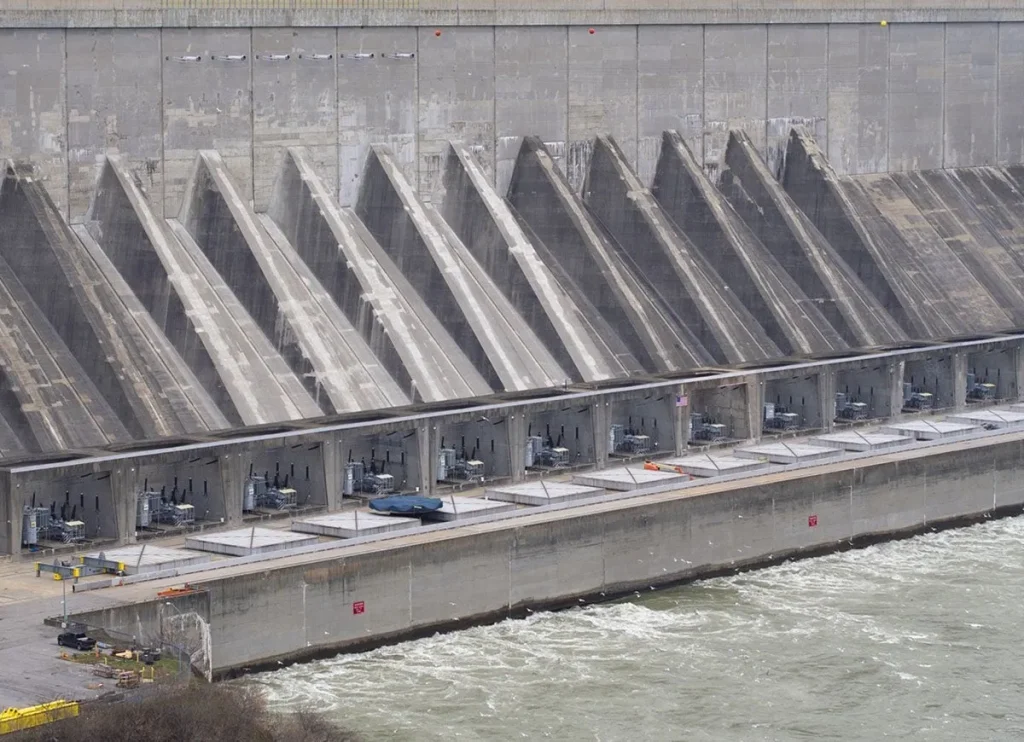
New York’s energy costs average 16.25 cents per kWh, reflecting the state’s extreme seasonal weather. Most electricity comes from natural gas, nuclear, and hydroelectric sources. Notably, the Robert Moses Niagara Hydroelectric Power Station in Lewiston ranks among the largest in the nation.
Highest: Rhode Island

Rhode Island generates over 90% of its electricity from natural gas, producing minimal carbon emissions and no coal power. Despite this, the state consumes more than it produces, with residents paying an average of 15.57 cents per kWh. By 2035, Rhode Island aims for 40% of electricity sold to come from renewable sources.
Highest: Massachusetts

In Massachusetts, where electricity averages 15.34 cents per kWh, most power comes from natural gas. The last coal plant closed in 2017, though about 30% of residents still use costly fuel oil for heating. Solar energy is growing, and by 2030, the state plans for renewables to supply 35% of electricity sales.
Highest: New Hampshire

New Hampshire ranks among the Northeast’s high-cost states, with electricity averaging 15.25 cents per kWh, much of it from nuclear power. The state aims to generate over 20% of its electricity from non-nuclear renewable sources by 2025, reflecting a push toward cleaner energy.
Highest: California

California’s per capita energy use is among the lowest in the U.S., thanks to its mild climate and strong energy-efficiency initiatives. Roughly half of the state’s electricity comes from natural gas, with much of the remainder from renewables, including leading geothermal capacity. These efforts result in an average electricity cost of 15.23 cents per kWh.
Highest: Vermont
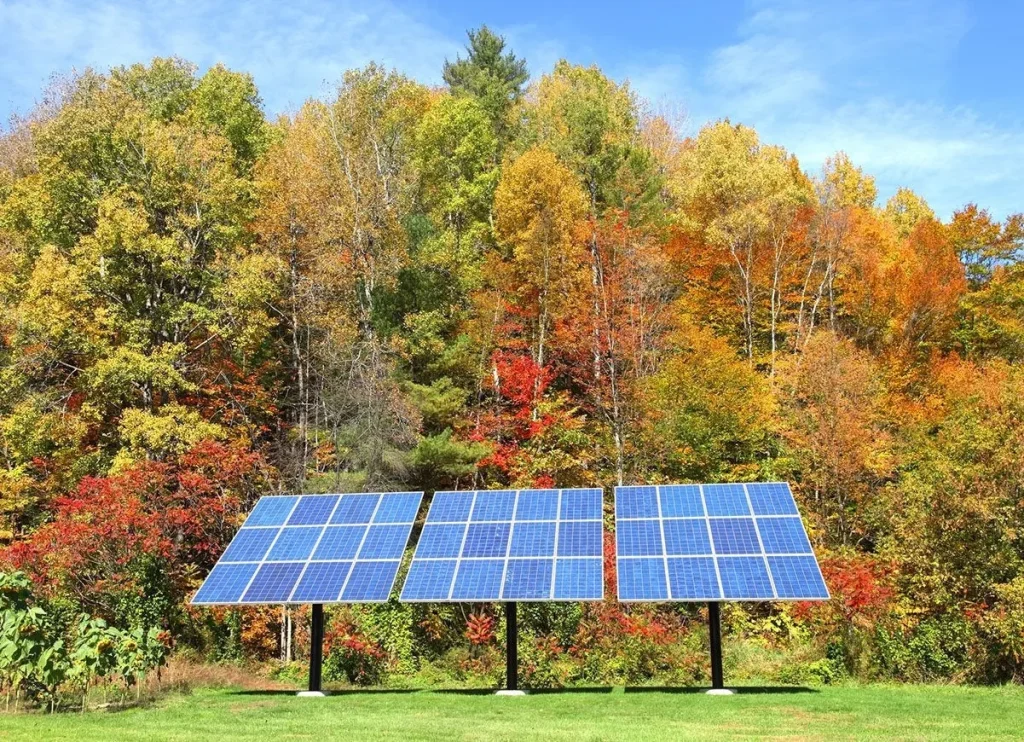
Vermont, a cold Northeast state, has an average electricity cost of 14.58 cents per kWh. Since the 2014 closure of the Vermont Yankee Nuclear Plant, most in-state power comes from renewables, especially hydroelectric. However, the state still imports over half of its electricity from neighboring states and Canada to meet demand.
Highest: New Jersey
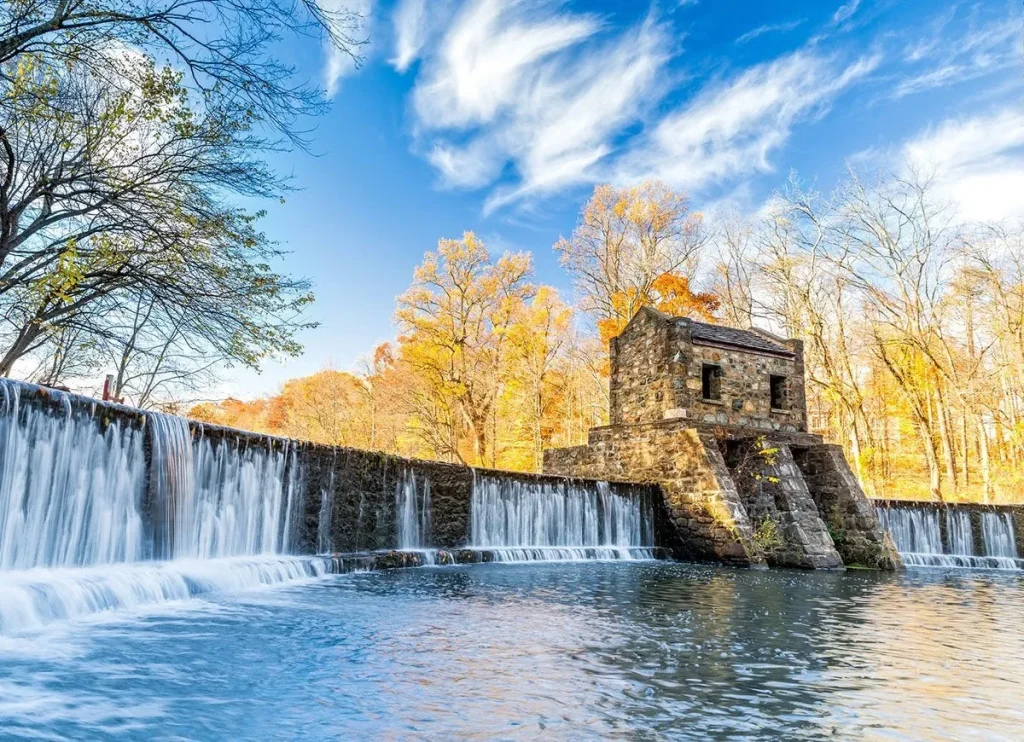
New Jersey rounds out the top 10 states with high electricity costs, averaging 14.01 cents per kWh. The state has committed to sourcing 21% of its electricity from renewables, reflecting a push toward cleaner energy.
Lowest: Washington
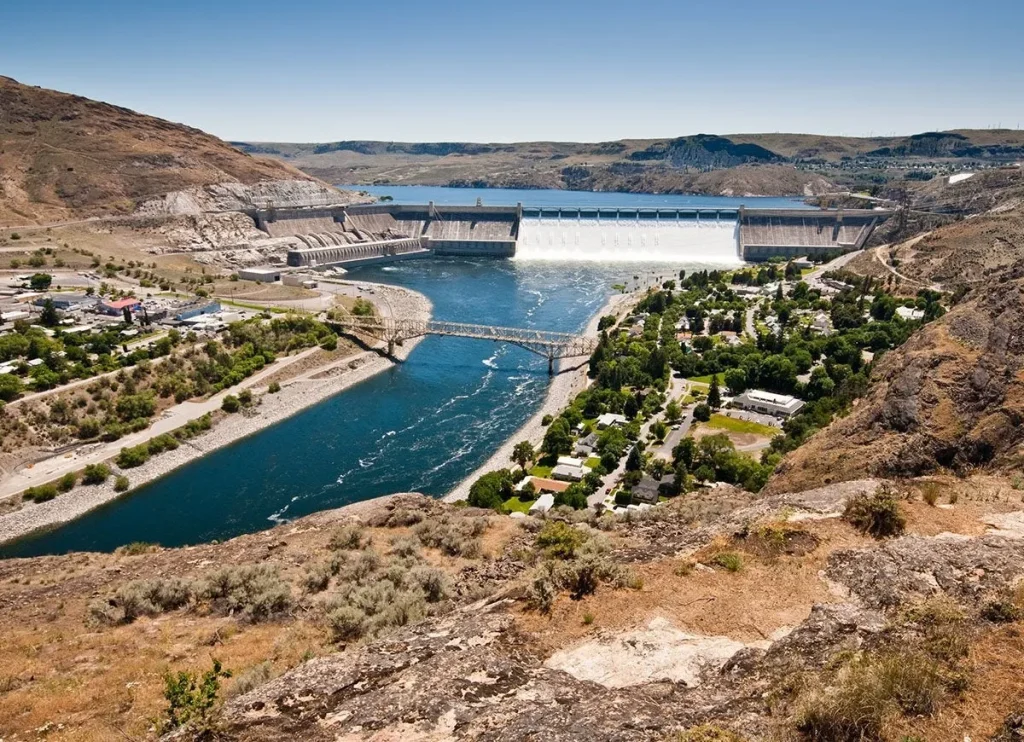
Washington has the lowest average electricity rates in the U.S. at 7.15 cents per kWh. The state leads the nation in hydroelectric power, largely thanks to the massive capacity of the Grand Coulee Dam.
Lowest: West Virginia

West Virginia residents pay roughly 7.65 cents per kWh, with nearly all electricity generated from coal. Despite high per capita energy use, the state exports about half of its power due to abundant generation. West Virginia produces nearly 5% of the nation’s total electricity.
Lowest: Wyoming

Wyoming, a top coal producer, generates over 85% of its electricity from coal, with wind power growing in recent years. The state produces more electricity than it consumes, exporting nearly 60% to neighboring states. Residents pay an average of 7.78 cents per kWh.
Lowest: Arkansas

In Arkansas, coal remains the primary electricity source, with natural gas providing about 25% and nuclear slightly over 20%. Independent power companies supply roughly one-fifth of the state’s electricity. Residents pay an average of 7.85 cents per kWh.
Frequently Asked Questions
Which U.S. state has the highest electricity rates?
Hawaii has the highest average electricity cost at 33.53 cents per kWh due to imported petroleum and its isolated energy grid.
Which state has the lowest electricity rates?
Washington leads the nation with the lowest average electricity rate of 7.15 cents per kWh, largely due to abundant hydroelectric power.
Why do electricity rates vary between states?
Rates vary due to energy sources, infrastructure, population density, state regulations, and climate-driven energy demand.
How does climate affect utility costs?
Extreme weather increases energy consumption for heating or cooling, raising electricity and overall utility bills.
What role do renewable energy sources play in electricity costs?
States investing in renewables often reduce dependence on costly fossil fuels, but upfront infrastructure costs can affect short-term rates.
Are deregulated states’ electricity rates higher or lower?
Deregulated states can have more variable pricing, allowing consumers to choose providers, which may lead to higher or lower rates.
How do coal and natural gas impact state energy costs?
Coal and natural gas can provide affordable baseload power, but transportation and extraction costs, along with environmental regulations, affect rates.
Conclusion
Electricity costs across the United States vary widely, influenced by energy sources, climate, infrastructure, and state policies. While states like Hawaii and Alaska face high rates due to isolation and fuel costs, others such as Washington and West Virginia benefit from abundant local resources. Understanding these differences helps residents and businesses plan their energy use and explore opportunities for savings.

